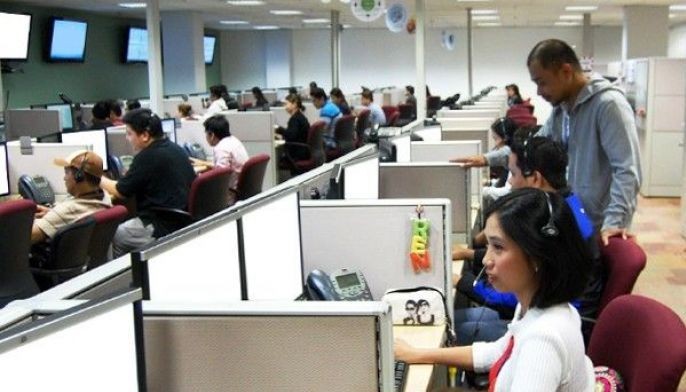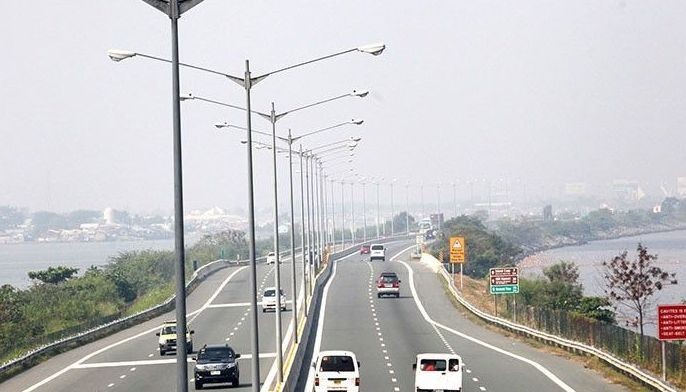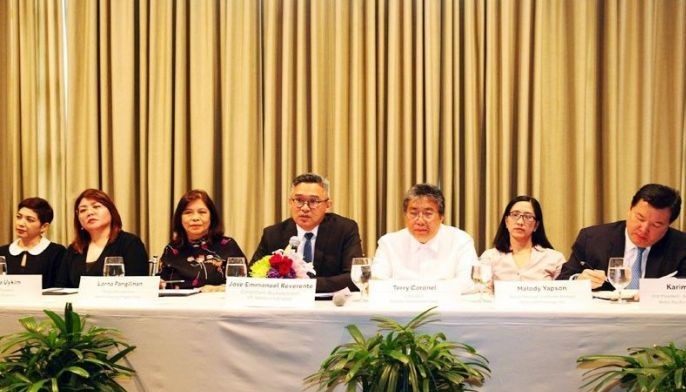
MANILA, Philippines — The government will make sure that regions outside Metro Manila will receive more infrastructure projects over the medium term, the National Economic and Development Authority (NEDA) said yesterday.
In a statement, the socioeconomic planning agency said out of the total of 4,985 infrastructure projects listed in the government’s investment program for 2017 to 2022, at least 3,911 projects have been identified as region-specific, while at least 98 have been identified as inter-regional.
The Autonomous Region of Muslim Mindanao (ARMM) alone stands to receive 1,340 projects.
“If you look at the data, the Autonomous Region of Muslim Mindanao has the highest number of projects. This dispels the notion that government projects are centered in Mega Manila,” said Socioeconomic Planning Secretary Ernesto Pernia.
The investment requirements of the inter-regional projects amount to P3.32 trillion and the region-specific sans Metro Manila projects amount to P1.164 trillion, he said.
“Through these projects, we are making headway in improving connectivity and promoting economic clusters in regional and sub-regional growth centers. This is consistent with the country’s National Spatial Strategy (NSS),” Pernia said, noting the NSS takes into account population trends, economic activities, and services in defining the country’s desired spatial structure.
The government’s massive infrastructure program now needs a total of P9.04 trillion investments in six years. This amount, however, does not include investments in infrastructure projects to be funded purely by local government units, government-owned and controlled corporations, the private sector and other sources, he said.
Because of the country’s sound macroeconomic fundamentals and strong fiscal position, 78 percent or P7.096 trillion will be funded by the national government through its annual appropriation of funds.
NEDA is currently harmonizing investments in transportation under the National Transport Policy (NTP) that synchronizes the decisions and investments of transport-related agencies and strengthening coordination between the national and local levels.
- Latest
- Trending

 Twitter
Twitter Google+
Google+ RSS Feed
RSS Feed Contact Us
Contact Us






































































